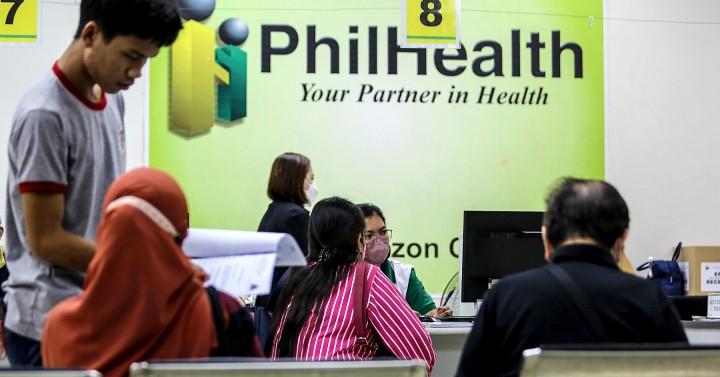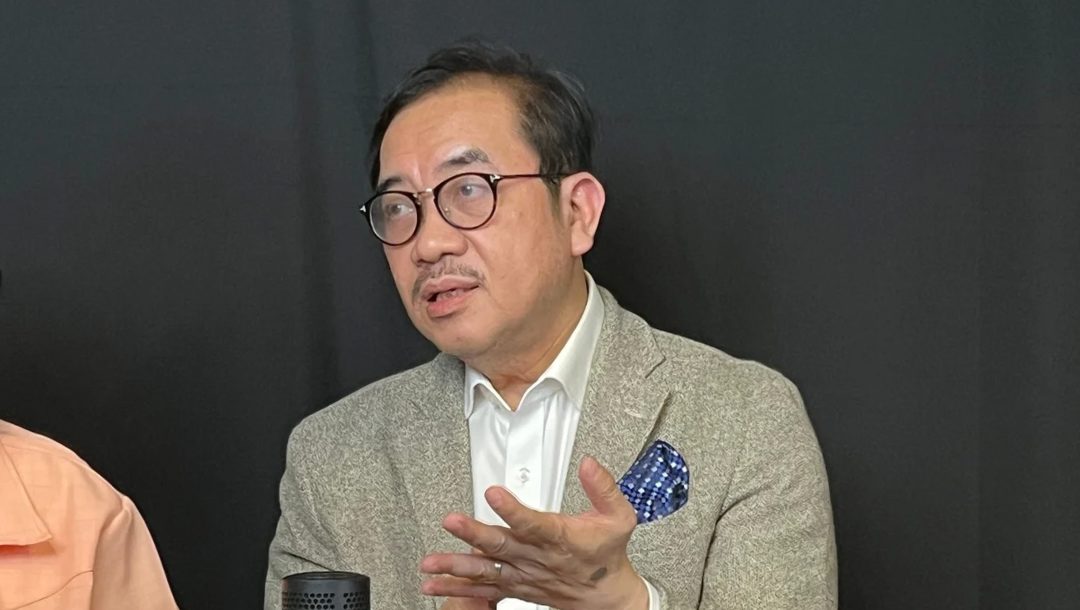Despite the efforts of the Philippine Health Insurance Corp. (PhilHealth) to expand its health insurance coverage for Filipinos, any reduction in out-of-pocket expenses may not be felt by members as hospital costs increase almost simultaneously.
“PhilHealth is trying to expand its packages to increase [support value] at mapababa ‘yung out of pocket. Kaya lang… may mga kwento rin na habang nag-i-increase ng pakete ang PhilHealth, nag-i-increase din ng presyo ang mga ospital,” Dr. Israel Francis Pargas, PhilHealth Senior vice president for Health Finance Policy, said in the Sept. 3 episode of VERA Files’ Tres from Tress podcast.
(PhilHealth is trying to expand its packages to increase [its support value] and lower out-of-pocket [expenses]. But there are also reports that as PhilHealth increases its packages, the hospitals also increase their rates.)
Pargas, also the agency’s spokesperson, said this causes an “inflationary effect” that prevents members and contributors from feeling any improvement in PhilHealth benefit packages.
In April, the state insurer raised all its case rates by 30%, in response to members’ complaints that they usually shell out more than 40% of the total hospital expenses from confinement.
As examples, Pargas said patients treated for pneumonia can now avail of P90,000 coverage, from the previous P26,000. A member diagnosed with breast cancer is entitled to P1.4 million under the Z benefit package, from P100,000.
To ensure its members will receive improved benefits, PhilHealth is studying another 30% increase in packages before the end of the year.
“So, in one year, that’s a 60% increase for all our packages. Kaya lang ang tanong nga, mararamdaman ba ito? Kasi, again, baka mag-increase lang ulit ng presyo ang ating mga [health] facilities,” Pargas pointed out.
(So, in one year, that’s a 60% increase for all our packages. But the question is, will the members feel it? Because, again, facilities may also increase their rates.)

PhilHealth is also looking into the possibility of establishing a “fixed co-pay” policy aside from its no co-payment policy for indigents.
No co-payment applies to members who use wards or basic facilities in both public and private hospitals during confinement, Pargas explained. All expenses are covered by the health agency under this policy.
The concept of fixed co-pay is setting an acceptable limit that will be shouldered by members as out-of-pocket expenses.
“[H]alimbawa po… na-admit ka sa isang private room. Ito ang babayadan ng PhilHealth at ‘yung babayadan ng miyembro ng PhilHealth ay ito lamang or naka-fixed na. Para… hindi po siya pwedeng singilin ng sobrang taas or sobrang laki ng hospital or ng doctor,” he explained.
(For example, you were admitted in a private room. A portion will be paid by PhilHealth while another portion paid by the PhilHealth member is already fixed. This will prevent hospitals or doctors from increasing their charges.)
A study released by the Unilab Center for Health Policy last August showed that from 1991 until 2022, private out-of-pocket payments have consistently been the biggest component of healthcare spending in the country.
A recent Philippine Statistics Authority report also shows that in 2023, the household out-of-pocket payments remained the highest contribution to the country’s current health expenditure.
Continuing innovations
Pargas further disclosed the agency’s plans to roll out another benefit program called PhilHealth Plus.
The spokesperson described this new benefit as akin to HMOs (Health Maintenance Organization) and emphasized it would be different from regular premium contributions of the members, which covers only the basic PhilHealth package.
“On top of the regular PhilHealth benefits, for additional premium ay makakakuha po ng (you will get) additional benefit,” he explained.
Initially, this will be available for government employees but will later be extended to members who can afford and are willing to avail of it.
Aside from the planned launching of PhilHealth Plus, Pargas shared that one of the priorities of the agency this year is the digitalization of its processes.
This, according to the spokesperson, is “to make things more efficient not just for PhilHealth but even for the members and even for the [health] facilities.”
One of the innovations PhilHealth is studying is the implementation of an identification system where ID cards will contain other essential medical information of the members such as an individual’s medical profile, history and contributions.
“We are still looking into that because it would tke more processes [for these] to be included. At ‘yan na nga po dahil sa pagkuha naman ng benepisyo, hindi na kailangan ng ID, (And because in availing of the benefits, presenting an ID is no longer needed.)” he clarified.
In the Aug. 14 episode of Tres from Tress podcast, health reform advocate Dr. Anthony Leachon criticized PhilHealth for its lack of “innovative thinking” in using its excess funds to improve services, particularly to expand coverage for outpatient services.
On Sept. 8, the country’s largest business group, the Philippine Chamber of Commerce and Industry (PCCI), called on the national health provider to increase its benefit packages and suspend any contribution rate hike.
“These funds are contributions from the hard-earned money of its members. These should be plowed back to members in the form of higher rates of benefits including hospitalization, and the expansion of covered illnesses,” PCCI President Enunina Mangio said in a statement.
“PhilHealth has shown its solvency. It does not need another rate hike to sustain its operations and services to its members, it needs efficient management of its funds,” she added.








